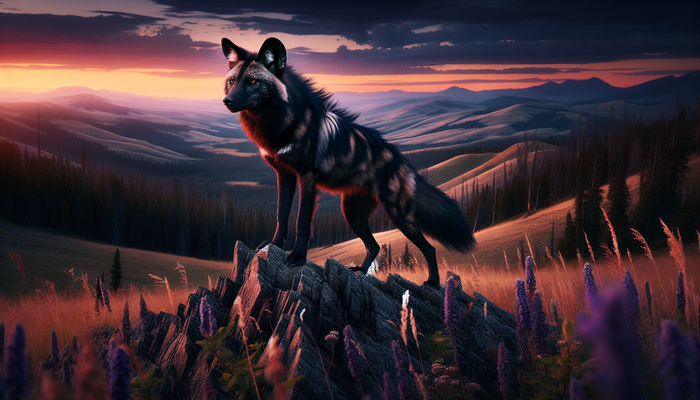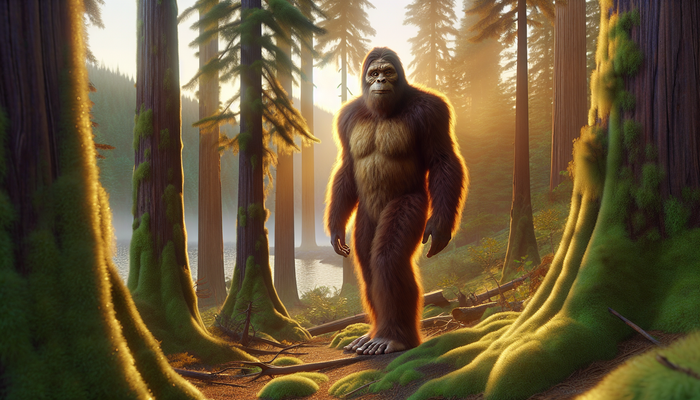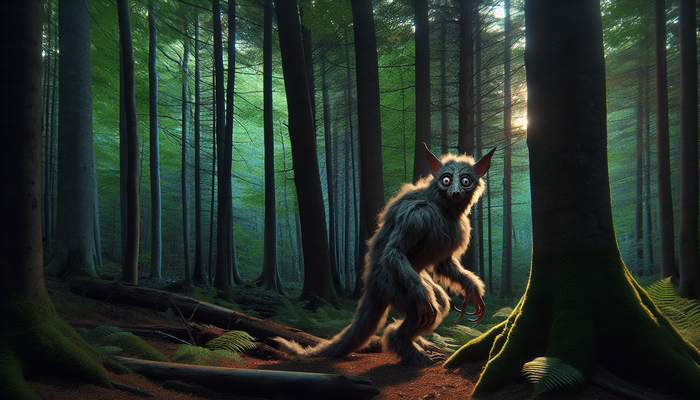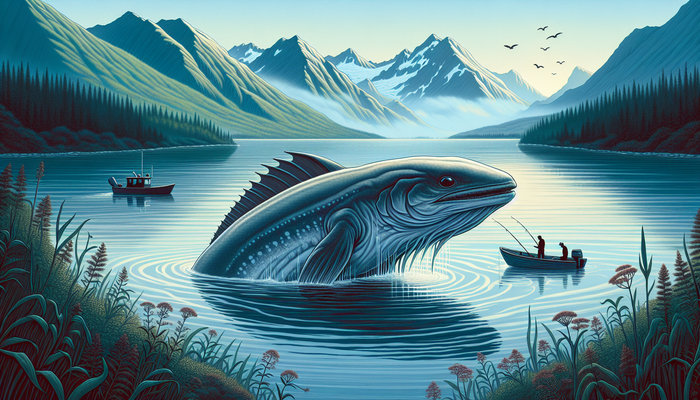Exploring Cryptid Sightings and Climate Patterns: Uncovering Connections
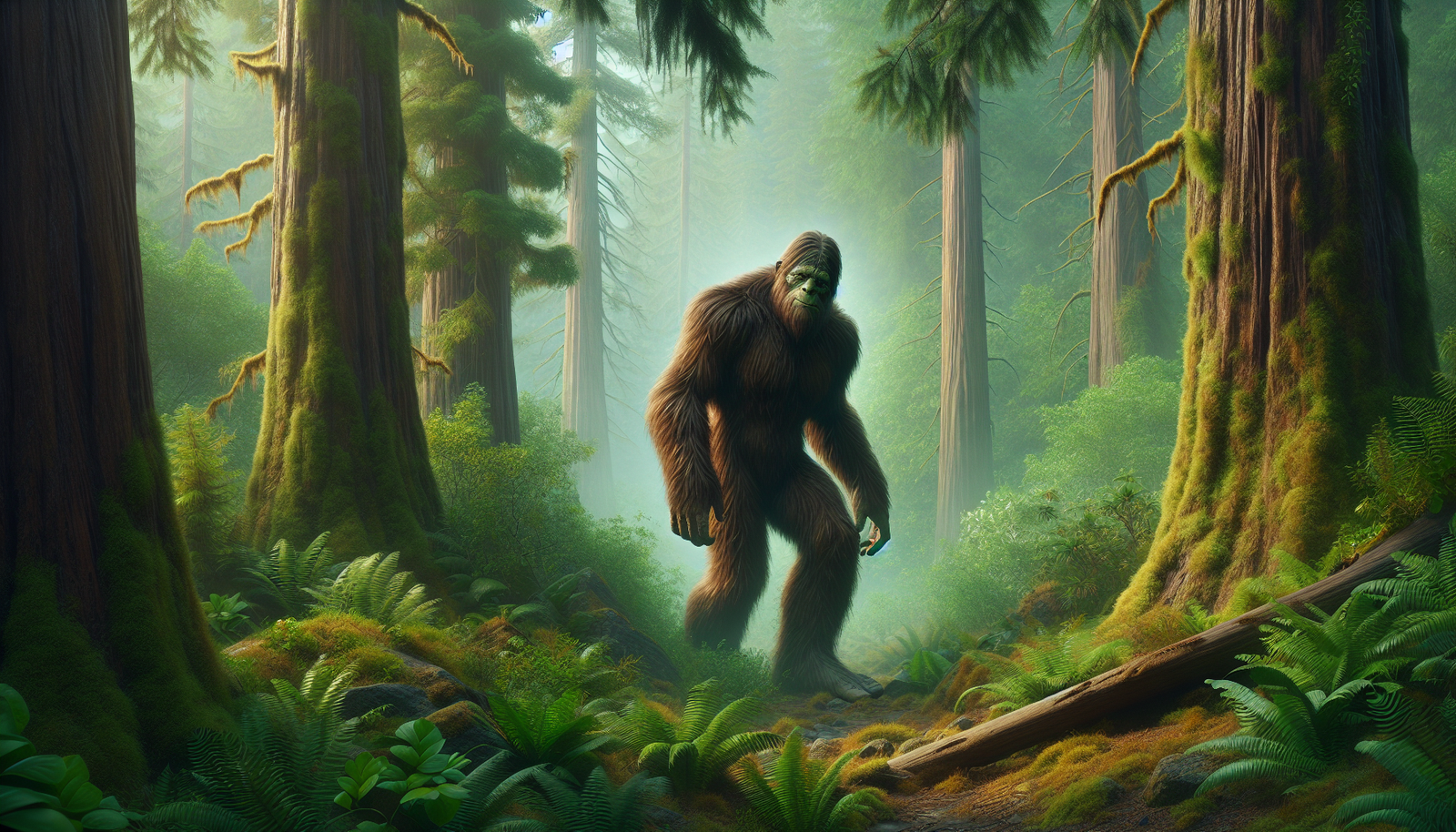
By Dr. Elizabeth Harper, Cryptozoologist
The Cryptid Conundrum
Cryptids occupy a unique space in our collective consciousness. They are creatures of legend, yet tantalizing close to scientific discovery. The term "cryptid" itself comes from the Greek "kryptos," meaning hidden or secret. It's a fitting description for beings that seem to exist just beyond the reach of conventional zoology.
The allure of cryptids lies not just in their mystery, but in what they represent. They embody the unknown, the possibility that our world still holds secrets waiting to be uncovered. From the Yeti of the Himalayas to the Chupacabra of Latin America, each cryptid is a product of its environment and the culture that birthed its legend.
But these aren't just campfire stories. Cryptid sightings have been reported by credible witnesses, including law enforcement officers, scientists, and experienced outdoorsmen. While skepticism is healthy and necessary, dismissing all such accounts out of hand would be shortsighted. After all, history is replete with examples of creatures once thought mythical that were later proven to exist.
Take the giant squid, for instance. Long the stuff of sailors' nightmares, this deep-sea behemoth was considered a legend until the late 19th century. Even then, it took until 2004 for scientists to capture the first images of a live giant squid in its natural habitat. The coelacanth, a prehistoric fish thought extinct for 65 million years, was rediscovered in 1938 off the coast of South Africa. These discoveries serve as reminders that our planet still holds secrets, and that today's cryptid could be tomorrow's recognized species.
Climate Change: The Great Disruptor
To understand how climate change might influence cryptid sightings, we must first grasp the profound impact it's having on our planet's ecosystems. Climate change isn't just about rising temperatures; it's a complex web of environmental shifts that are reshaping the natural world.
As global temperatures rise, we're seeing a cascade of effects. Glaciers are melting, sea levels are rising, and weather patterns are becoming more extreme. These changes are forcing animals to adapt or perish. Some species are migrating to new areas in search of suitable habitats. Others are altering their behaviors, changing when they breed, hibernate, or hunt.
Consider the case of the polar bear. As Arctic sea ice diminishes, these iconic predators are being forced to spend more time on land, leading to increased human-bear encounters. If such a well-known species can be so dramatically affected by climate change, imagine the potential impact on creatures we've yet to officially discover.
The Bigfoot Phenomenon
No discussion of cryptids would be complete without addressing the most famous of them all: Bigfoot, also known as Sasquatch. This legendary hominid is said to roam the forests of North America, particularly in the Pacific Northwest. But could climate change be affecting Bigfoot sightings?
The Pacific Northwest, long considered prime Bigfoot territory, is experiencing significant climate shifts. Winters are becoming milder and shorter, while summers are growing hotter and drier. These changes are altering the region's ecosystems in profound ways.
One intriguing theory suggests that warmer winters could be making Bigfoot more active year-round. Traditionally, Bigfoot sightings have been more common in the warmer months when more people are out hiking and camping. But if milder winters are reducing the need for extended periods of hibernation or dormancy, we might expect to see a more even distribution of sightings throughout the year.
Moreover, changing precipitation patterns and rising temperatures are affecting the distribution of plant and animal species in the region. If Bigfoot exists, these shifts could be forcing it to alter its range or feeding habits, potentially bringing it into more frequent contact with humans.
Interestingly, some researchers have noted a correlation between Bigfoot sightings and areas experiencing rapid environmental change. For example, increased logging activity - often linked to climate-related factors like beetle infestations or wildfire damage - has been associated with spikes in Bigfoot reports. Could the disruption of their habitat be forcing these elusive creatures into more open areas?
The Loch Ness Enigma
Across the Atlantic, another famous cryptid might be feeling the effects of climate change. The Loch Ness Monster, affectionately known as Nessie, has been a fixture of Scottish folklore for centuries. But the ecosystem of Loch Ness is changing, and with it, the nature of Nessie sightings.
Loch Ness is warming. A study by the Scottish Environmental Protection Agency found that the loch's surface temperature has increased by about 1°C since 1970. While this might seem small, it's enough to alter the loch's ecosystem significantly.
Warmer waters can lead to changes in the fish population, potentially affecting the food chain that would support a large predator like Nessie. Some researchers have speculated that if Nessie exists, it might be a relic population of plesiosaurs or other prehistoric marine reptiles. If so, these creatures would be adapted to colder waters and might struggle in a warming loch.
Interestingly, there's been a shift in the nature of Nessie sightings over the years. Early accounts often described a creature with a long neck and small head, reminiscent of a plesiosaur. More recent sightings tend to describe something more akin to a giant eel or fish. Could this shift reflect changes in the loch's ecosystem?
In 2019, a team of researchers conducted an extensive DNA survey of Loch Ness. While they found no evidence of plesiosaurs or other large unknown animals, they did discover an unusually high amount of eel DNA. This led to speculation that Nessie might be a giant eel, a theory that aligns with some modern sightings.
If Nessie is indeed a type of eel, climate change could be affecting its behavior. Eels are known to be sensitive to temperature changes, which influence their migration patterns. As Loch Ness warms, any eels present might become more active, potentially leading to more sightings.
The Chupacabra Connection
Moving to warmer climes, we encounter a cryptid that seems to thrive in the heat: the Chupacabra. This blood-sucking creature first gained notoriety in Puerto Rico in the 1990s and has since been reported throughout Latin America and the southern United States.
Unlike Bigfoot or Nessie, which have relatively consistent descriptions, the Chupacabra's appearance varies widely in eyewitness accounts. Some describe it as a reptilian creature with spines or quills along its back. Others report a more canine appearance, often hairless with a pronounced overbite.
Interestingly, climate change may play a role in perpetuating the Chupacabra legend, particularly in its canine form. Many alleged Chupacabra sightings are likely misidentifications of known animals suffering from mange, a skin condition caused by parasitic mites. Mange causes hair loss and can dramatically alter an animal's appearance, making familiar creatures like coyotes or foxes seem alien and frightening.
Here's where climate comes into play. In colder climates, animals with severe mange often die from exposure during harsh winters. But in warmer regions, these animals can survive longer with the condition. As climate change leads to milder winters in many areas, we might expect to see more mange-affected animals surviving longer and ranging further, potentially leading to more Chupacabra sightings.
Moreover, climate change is altering the distribution of many species. As temperatures warm, animals are expanding their ranges northward. This means that creatures once confined to tropical or subtropical areas are now being seen in more temperate regions. When people encounter unfamiliar animals, especially those that might look strange or frightening, it's not uncommon for cryptid stories to arise.
The Psychological Landscape
While environmental factors certainly play a role in cryptid sightings, we can't ignore the psychological aspects. Humans are pattern-seeking creatures, hardwired to find meaning in the chaos of the natural world. This tendency, while crucial for our survival and scientific progress, can sometimes lead us to see things that aren't there.
The phenomenon of pareidolia - the tendency to perceive familiar patterns in random stimuli - often comes into play with cryptid sightings. A oddly shaped log in a murky lake might become the humped back of a sea monster. A large, dark shape moving through dense forest could be interpreted as a Bigfoot.
Climate change might be amplifying these psychological factors. As our environment changes in ways that feel beyond our control, there's a natural human tendency to seek explanations or to find something tangible to focus on. Cryptids, in a sense, can become a proxy for our anxieties about environmental change.
Furthermore, as climate change alters familiar landscapes, it can make the world feel more alien and unpredictable. This sense of unfamiliarity might make people more prone to interpreting ambiguous stimuli as something extraordinary or unknown.
The Role of Technology
In the age of smartphones and social media, cryptid sightings have taken on a new dimension. Nearly everyone now carries a high-quality camera in their pocket, theoretically making it easier than ever to capture evidence of cryptids. Yet, paradoxically, the proliferation of technology hasn't led to more conclusive evidence.
Instead, we've seen an explosion of easily shared, but often ambiguous, photos and videos. While some of these are undoubtedly hoaxes, many are likely misidentifications amplified by the echo chamber of social media. A blurry photo of a bear can quickly become "definitive proof" of Bigfoot when shared among believers.
However, technology is also providing new tools for cryptid researchers. Environmental DNA (eDNA) sampling, for instance, allows scientists to detect traces of organisms in water or soil samples. This technique has been used in several high-profile cryptid investigations, including the 2019 Loch Ness study mentioned earlier.
Drones and remote cameras are also changing the game, allowing researchers to monitor large areas of wilderness without human presence. These tools could be particularly useful in tracking how climate change is affecting wildlife movements in cryptid hotspots.
The Conservation Connection
Whether or not cryptids exist in the flesh, their legends can serve a valuable purpose in conservation efforts. Many cryptids are associated with remote, undisturbed wilderness areas - precisely the type of ecosystems most at risk from climate change and human encroachment.
The search for cryptids can lead people into these wild places, fostering a connection with nature that might otherwise be lacking in our increasingly urbanized world. This connection can, in turn, inspire a desire to protect these environments.
Moreover, cryptid legends often embody the idea that there are still mysteries in the natural world - that we don't know everything about our planet and its inhabitants. This sense of wonder and possibility can be a powerful motivator for scientific exploration and conservation efforts.
Some conservationists have even suggested using cryptids as "flagship species" for habitat protection. While we may not be able to prove the existence of Bigfoot, we can certainly work to protect the old-growth forests it's said to inhabit. In doing so, we preserve countless known species and maintain the ecological health of these crucial ecosystems.
The Future of Cryptids in a Changing World
As our planet continues to warm and our ecosystems shift, what does the future hold for cryptids? Will changing habitats lead to more sightings, or will these elusive creatures - if they exist - be pushed closer to extinction before we can prove their existence?
One possibility is that climate change could lead to the discovery of new cryptids. As species adapt to changing conditions or move into new areas, we might encounter animals that seem out of place or unfamiliar. The "sea monster" sighted off the coast of Greenland in 2016, for instance, turned out to be a Greenland shark - a species rarely seen near the surface but possibly driven to shallower waters by changing ocean conditions.
On the other hand, climate change poses a significant threat to biodiversity worldwide. If cryptids do exist, they likely exist in small populations, making them particularly vulnerable to environmental shifts. The very elusiveness that has kept them hidden might also be their downfall if their habitats are destroyed before we can confirm their existence.
Regardless of whether Bigfoot walks the forests or Nessie swims the lochs, the legends of these creatures will likely continue to evolve alongside our changing planet. As we grapple with the realities of climate change, cryptids may take on new meanings and forms in our collective imagination.
Perhaps, in the end, the true value of cryptids lies not in their physical existence, but in what they represent: the enduring mystery of the natural world, the possibility of discovery, and the importance of preserving the wild places that capture our imagination. As we face the challenges of a changing climate, these are lessons we would do well to remember.
The search for cryptids, intertwined with our changing climate, reminds us that our planet is still full of mysteries waiting to be unraveled. It challenges us to look at the world with open eyes and open minds, to question what we think we know, and to remember that sometimes, truth is stranger than fiction. Whether Bigfoot leaves footprints in the melting snow or Nessie surfaces in warming waters, the quest to understand these elusive beings - and the changing world they inhabit - continues.
From Bigfoot to UFOs: Hangar 1 Publishing Has You Covered!
Explore Untold Stories: Venture into the world of UFOs, cryptids, Bigfoot, and beyond. Every story is a journey into the extraordinary.
Immersive Book Technology: Experience real videos, sights, and sounds within our books. Its not just reading; its an adventure.


